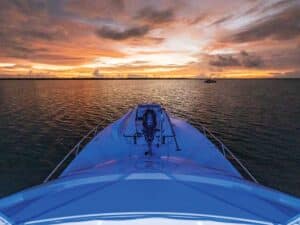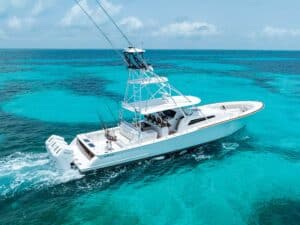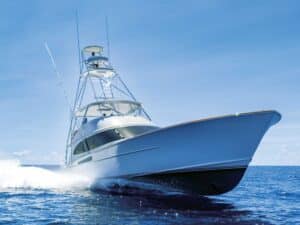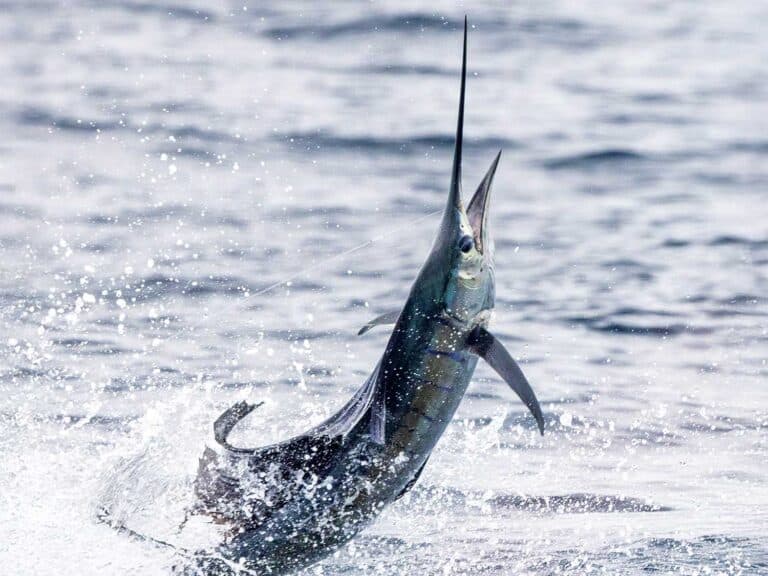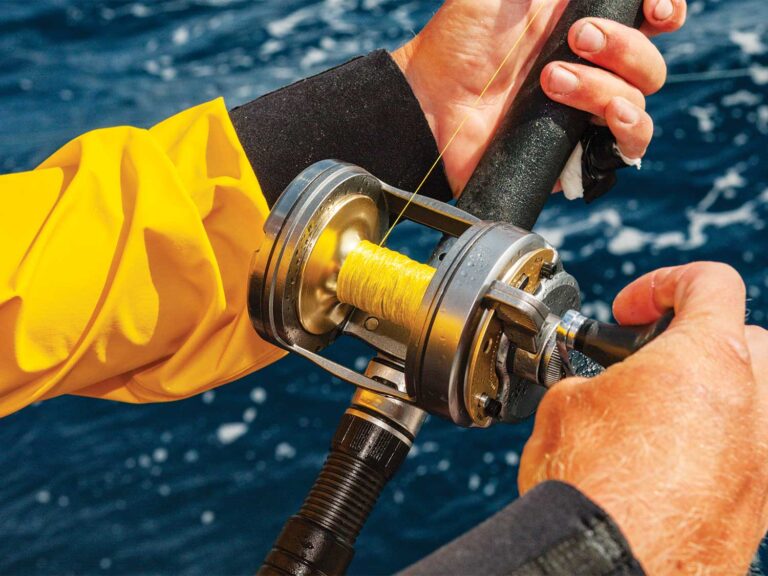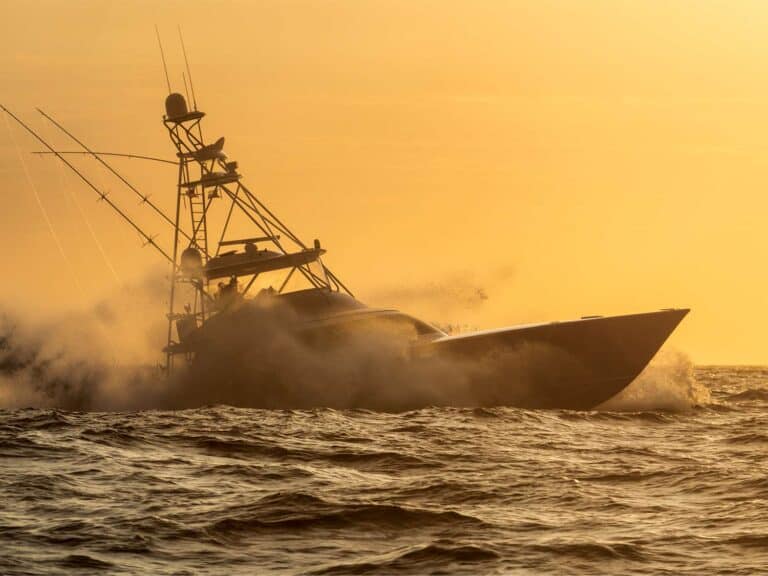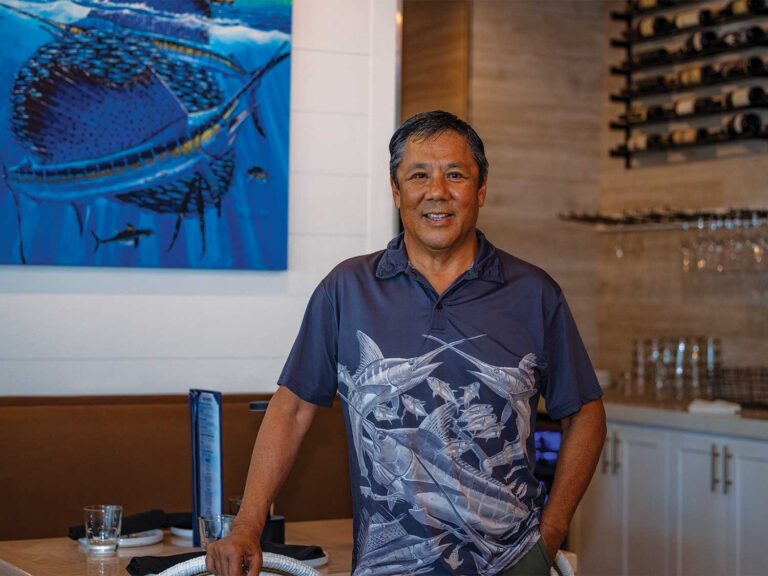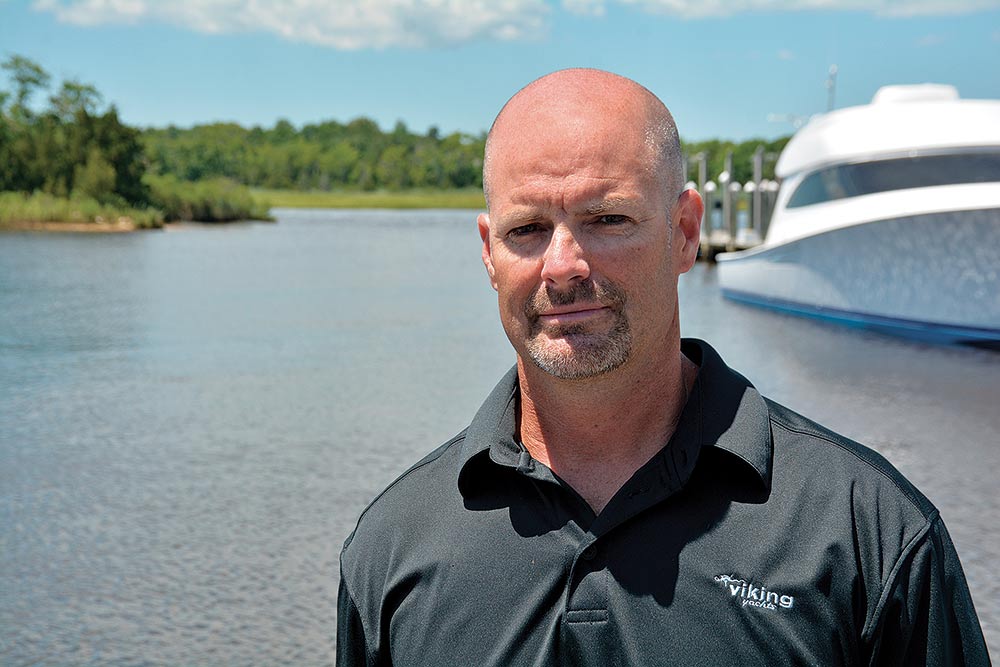
Mark Waldron
Faux teak is ideal for us because the customer can add it at any point in the build — it does not change our manufacturing process. With our faux-teak transoms and toe rails, it’s just a matter of having an artist paint the existing fiberglass. Our toe rails are molded parts of the deckhouses, so using teak requires a mold modification and additional fiberglass preparation for both the transom and deckhouse. Faux teak gives us greater flexibility as a builder, and that’s one of the reasons we’ve seen a rise in our use of it over the past four years or so.
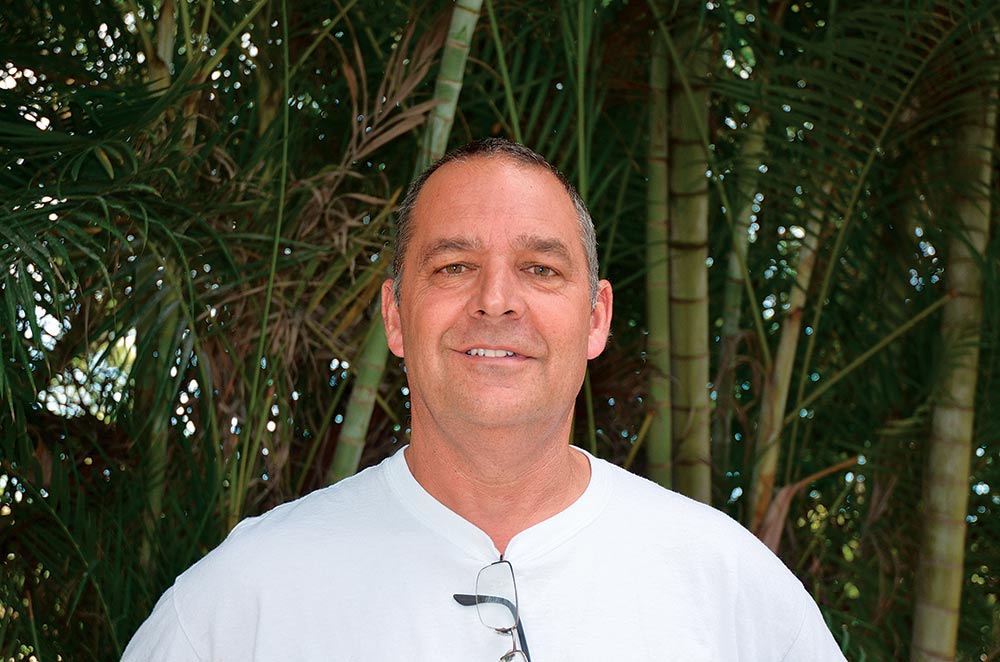
Mark Willis
Faux teak is a modern reality as it becomes increasingly difficult to source quality teak lumber. Personally, I find faux to be a great asset, and use it extensively in place of genuine teak. The faux counterpart is nearly a forever solution, especially where teak toe rails can crack and check in the tropical sun. When done properly, faux teak is very difficult to distinguish from genuine teak, and given the green state of mind of the entire industry, anything we can do to help sustain forest products or increase the longevity of a finished component is a step in the right direction.
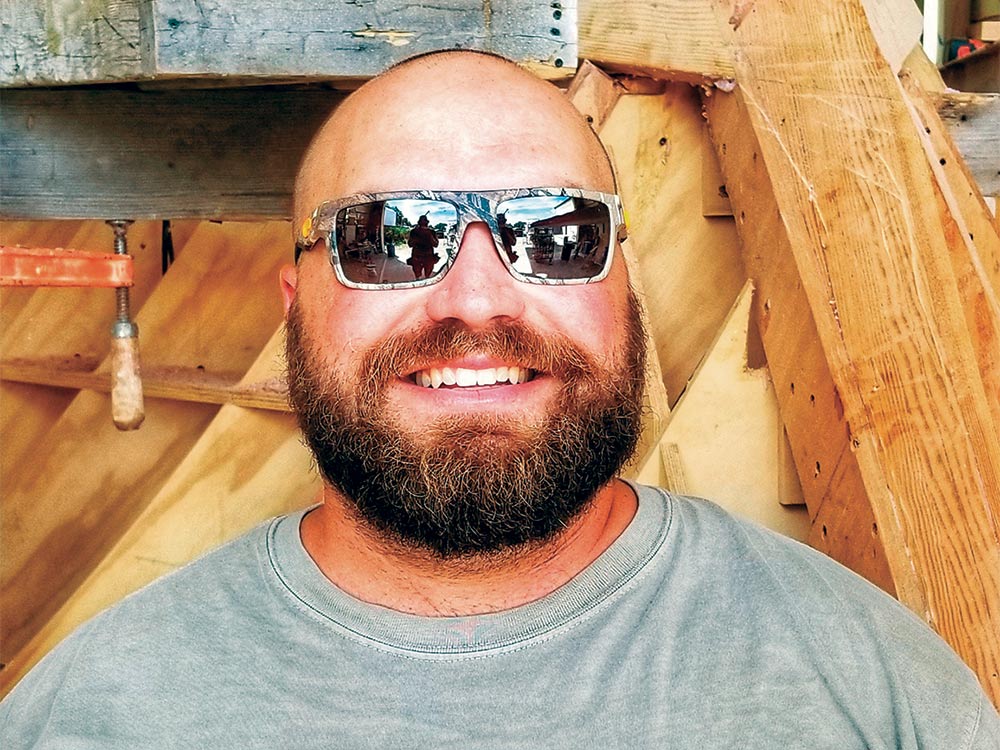
John Floyd
As a custom builder, we prefer to let our craftsmanship shine through the medium of real wood at every opportunity in our furniture, moldings, transoms and toe rails. Our industry is facing a daunting challenge in sourcing very high-quality old-growth teak planks, and we have embraced faux teak as a viable solution, but the final decision is always the customer’s to make. Fortunately, there are some great artists whose work is almost indistinguishable from real wood, and as this old-growth teak becomes harder to find, the faux painted alternative seems poised to become even more prevalent in the coming years.
Learn more about the options for teak.

Michael Rybovich
The scarcity of good teak and qualified labor is probably driving the faux trend, along with an overly optimistic assumption that less maintenance is required. It took us about a year of searching through lumberyards before we found an acceptable board for the transom on our latest boat, so I understand the frustration associated with real wood selection. I am, however, reluctant to adopt the practice on boats of this caliber until we are forced into it by the inability to acquire adequate sticks. Fake news, fake boobs, fake teak. Where have all the woodys gone?

